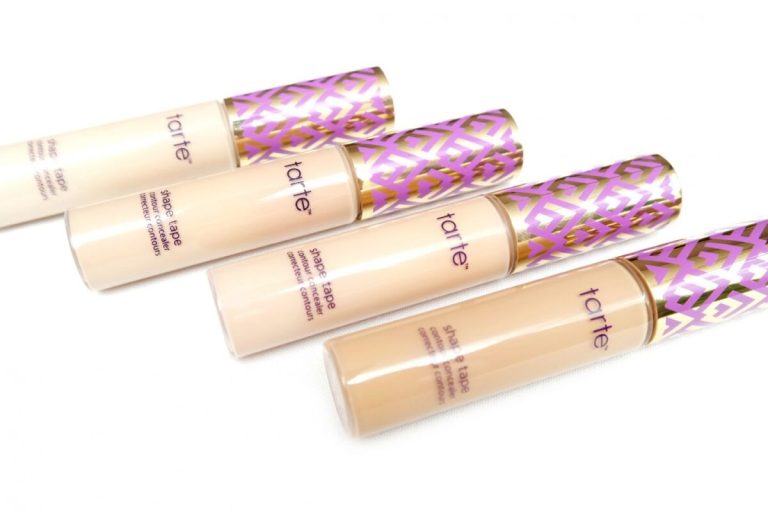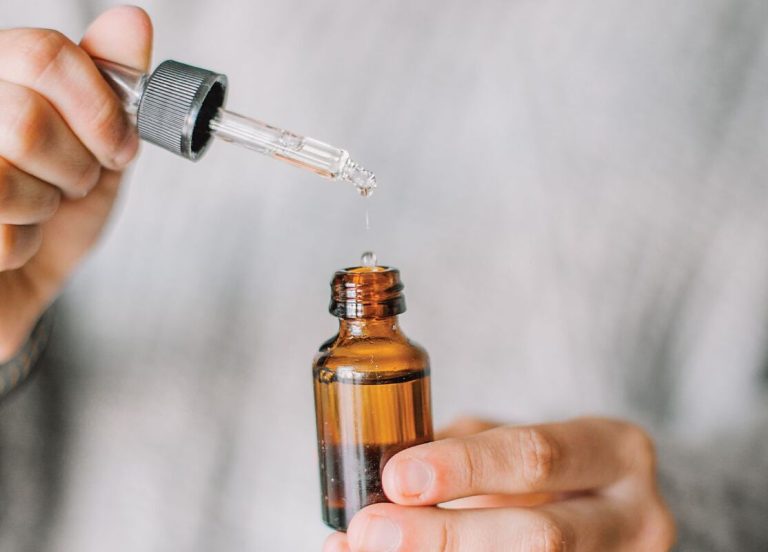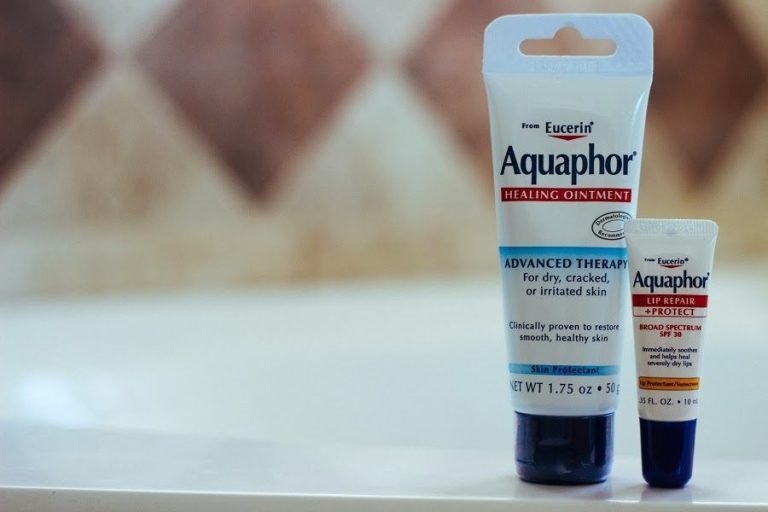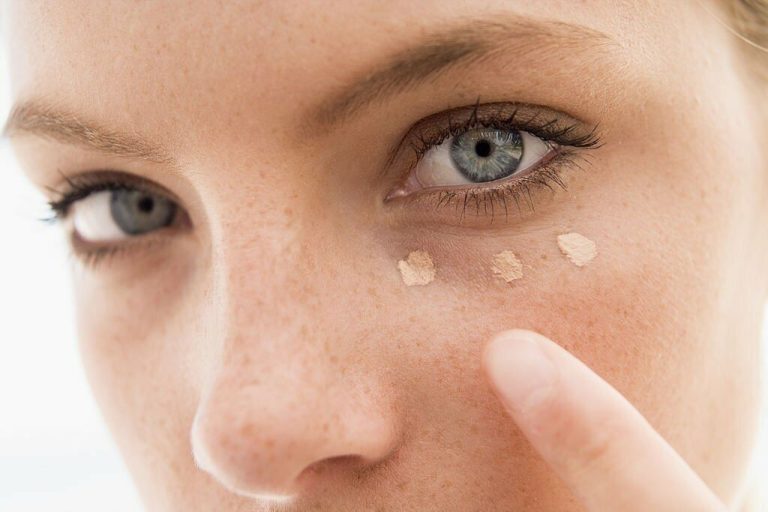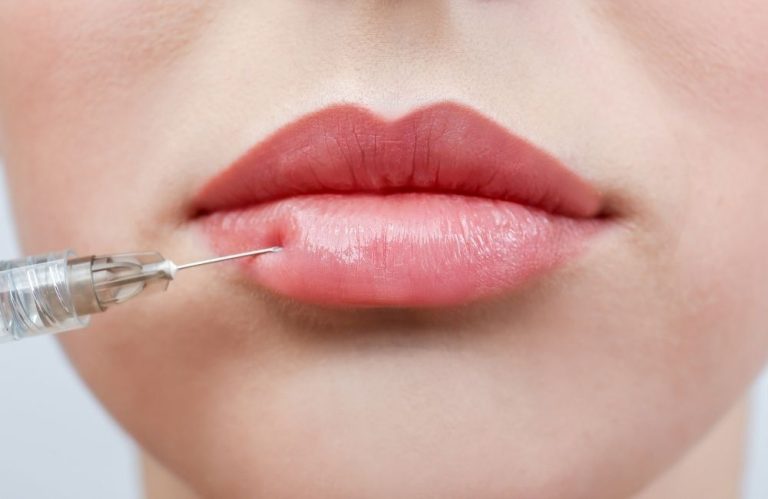Does Tretinoin expire? Is it Safe to Use after expiry date?
Tretinoin is one of the most widely used and highly effective topical retinoids. This vitamin A derivative can provide transformative results for several skin concerns, including acne, wrinkles, and sun damage. However, to reap the remarkable benefits of tretinoin, it’s crucial to use it before expiration.
Read on to find out if tretinoin expires, how to tell if your product has gone bad, proper storage methods, and more.
What is Tretinoin?
Contents
- What is Tretinoin?
- Does Tretinoin Expire?
- Proper Storage of Tretinoin
- Where to Find Expiration Dates
- How To Tell If Tretinoin Has Expired
- Common Tretinoin Myths and Misconceptions
- The Powerful Benefits of Tretinoin for Skin
- How To Use Tretinoin Effectively and Safely
- How Long Does Tretinoin Last After Opening?
- Does Unopened Tretinoin Expire?
- Is It Safe To Use Expired Tretinoin?
- Does Expired Tretinoin Still Work?
- Tips for Storing Unopened Tretinoin
- How To Store Opened Tretinoin
- Tretinoin Storage Temperatures
- The Bottom Line
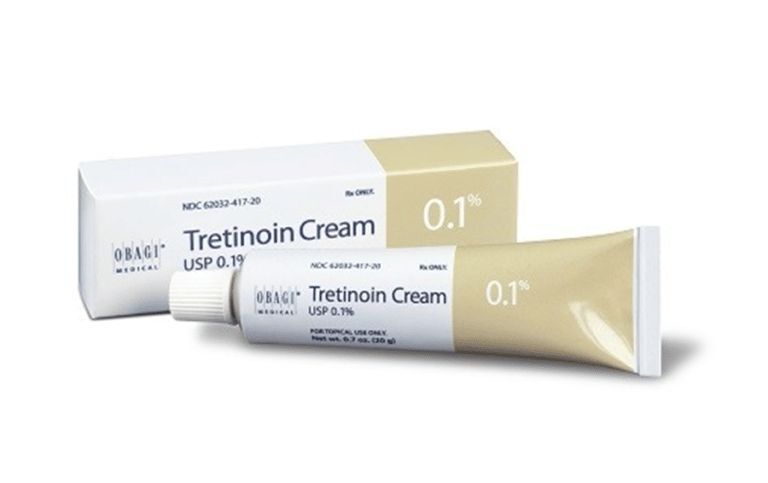
Tretinoin is a prescription-strength retinoid, approved by the FDA for treating acne and photoaged skin. It comes in several formulations such as gels, creams, solutions, and microspheres. Some common brand names are Retin-A, Atralin, Renova, Refissa, and Altinac.
Tretinoin works by increasing cell turnover and stimulating collagen production in the skin. This makes it effective for reducing acne, smoothing fine lines and wrinkles, fading dark spots and improving overall skin texture and tone.
Does Tretinoin Expire?
The short answer is yes. Like most medications and beauty products, tretinoin does have an expiration date. The manufacturer’s stability testing serves as the basis for tretinoin’s expiration dates. However, expiration dates don’t necessarily reflect how long the product may retain its potency when stored properly.
Why Checking Expiration Dates Matter
Using expired medical products like tretinoin can make them less effective or possibly unsafe. Active ingredients can degrade over time, reducing their potency. Outdated products also risk being contaminated with bacteria and other microbes, which can lead to infections.
With tretinoin, using an expired product increases your risk of adverse effects like redness, stinging and peeling. It may also cause breakouts instead of clearing acne. That’s why it’s important to always check expiration dates before applying tretinoin topicals.
Signs of Expired Tretinoin
Don’t rely solely on the labeled expiration date, as it’s not foolproof. Also watch out for visible signs that indicate the tretinoin has degraded:
- Change in color – Darkening, yellowing or unusual discoloration
- Change in smell – Rancid or chemical odor
- Change in texture – Grainy, watery, separation, clumping
- Crystallization – Gritty particles or flakes
- Drying out – Thickened, dried consistency
If you notice any of these changes, it’s best to stop using the product and get a new one.
Testing for Expired Tretinoin
Laboratory testing can also determine if tretinoin has degraded past its expiration date. High-performance liquid chromatography (HPLC) can quantify the remaining active tretinoin in a product sample. If the measured amount is significantly lower than stated on the label, the product has expired.
Proper Storage of Tretinoin
Proper storage is key to maintaining the stability and extending the shelf life of tretinoin. Here are some guidelines for storing tretinoin correctly:
- Keep in original packaging – Don’t transfer to other containers, as they may not protect the product from light and air.
- Seal tightly – Securely close the cap after every use to limit air exposure.
- Cool, dry place – Store at room temperature away from excess heat and moisture.
- Avoid sunlight – Keep away from windows and direct light which can degrade tretinoin.
- Refrigerate if needed – Storing in the fridge can prolong shelf life in hot weather.
Where to Find Expiration Dates
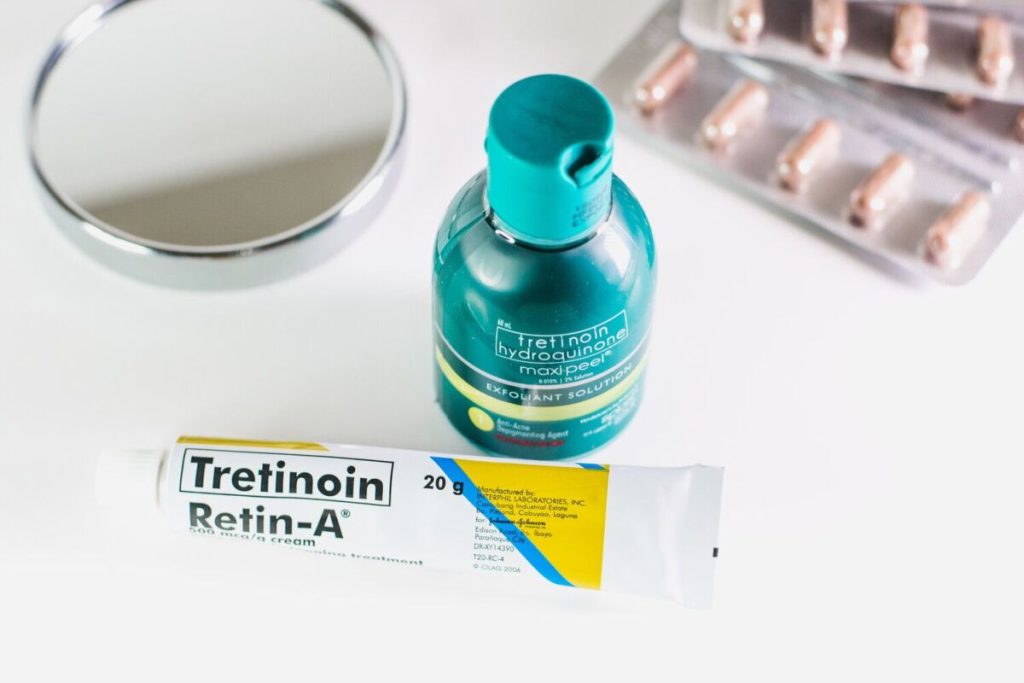
Tretinoin products usually print expiration dates on the boxes, tubes or bottles. For tubes, you may find it on the crimped end. Bottles may have it on the bottom. If you don’t see an expiration date, check for coded batch numbers which can identify manufacture dates.
What Expiration Dates Mean
The expiration date tells you the last day the manufacturer guarantees the product meets quality and safety standards, if stored correctly. It doesn’t necessarily mean the product “goes bad” the next day.
With unopened tretinoin stored properly, effectiveness may extend well beyond its expiration date. However, you can’t know for sure without laboratory testing.
Risks of Using Expired Tretinoin
While an expired product may still be effective, it’s impossible to know for certain beyond the labeled expiration. Using degraded tretinoin raises some potential risks:
- Skin irritation – Increased redness, dryness, stinging
- Allergic reaction – Itching, rash, swelling
- Lack of effectiveness – Won’t treat acne or signs of aging as well
- Product contamination – Higher risk of bacterial growth
How To Tell If Tretinoin Has Expired
Be vigilant in checking your tretinoin products for any of these signs of degradation:
1. Check Texture
Fresh tretinoin cream or gel should have a smooth, uniform consistency. If it becomes grainy, watery, or has visible clumping, crystallization or separation – it has likely expired.
2. Check Appearance
The color of the product can indicate aging as well. Any darkening, change in opacity or unnatural hues like yellow, orange or brown mean it’s expired.
3. Compare to Fresh Product
If you have a newly-opened or sample of the same product, compare them side-by-side. Changes in texture, color or opacity will be very apparent.
4. Give it a Sniff
Tretinoin products should not have any unpleasant scents. A rancid, chemical or rotten smell means it’s time to toss it out.
Common Tretinoin Myths and Misconceptions
There are some common misconceptions about tretinoin’s longevity and proper storage. Here are a few myths, debunked:
Myth: Tretinoin never expires
Fact: Like any pharmaceutical product, tretinoin does have a usable shelf life. While its expiration date is usually conservative, all medications eventually degrade.
Myth: It’s fine to store tretinoin in sunlight and heat
Fact: UV rays and high temperatures accelerate the degradation of tretinoin. Always store in a cool, dark place as indicated.
Myth: Refrigerating isn’t necessary
Fact: Refrigeration can greatly extend shelf life, especially during hot summer months. It’s an ideal storage condition for tretinoin.
The Powerful Benefits of Tretinoin for Skin
When used properly before its expiration, tretinoin can provide remarkable skin improving results. Here’s an overview of its benefits:
Smooths Wrinkles and Fine Lines
One of tretinoin’s most researched benefits is reducing signs of aging. It stimulates collagen and increases cell turnover to smooth wrinkles and plump up the skin.
Fades Dark Spots and Discoloration
By speeding up cell renewal, tretinoin helps fade unwanted pigmentation and discoloration, including freckles, age spots and melasma.
Clears Acne Breakouts
Tretinoin is highly effective for acne-prone skin. It clears clogged pores, reduces inflammation and prevents new pimples from forming.
Improves Skin Texture and Tone
With regular use, tretinoin evens out skin texture, reduces oiliness, minimizes pores, and creates a healthy glow.
How To Use Tretinoin Effectively and Safely
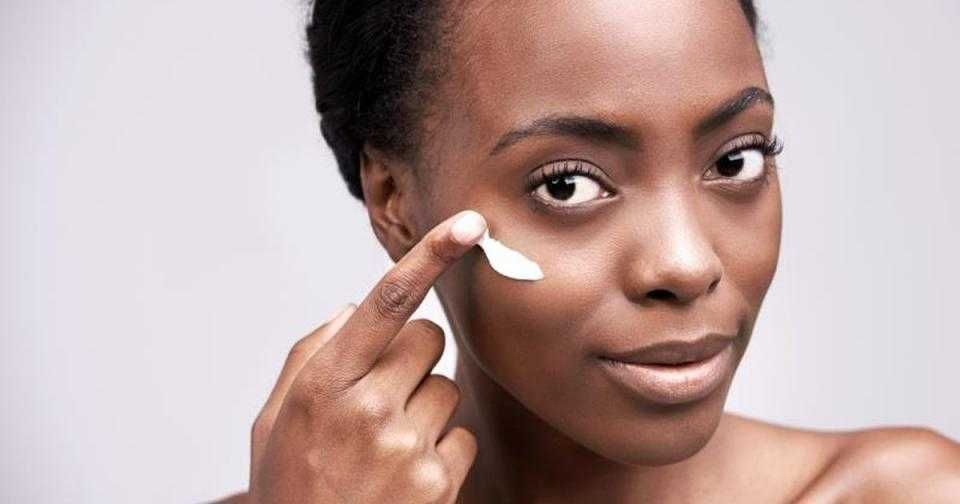
When using tretinoin, follow these tips to reduce irritation and get the best anti-aging results:
Wash face with a gentle cleanser and pat completely dry before applying tretinoin. Any residual moisture can make it absorb faster, increasing irritation.
A little goes a long way. Using too much tretinoin heightens risk of redness, dryness and peeling.
If new to retinoids, begin by applying tretinoin every 2-3 days and gradually work up to nightly use as skin tolerates it.
Always follow tretinoin with a thick, fragrance-free moisturizer to combat dryness and irritation.
Take care to keep tretinoin away from the sensitive skin around your eyes, mouth and nose.
Tretinoin makes your skin more UV sensitive. Wear broad-spectrum SPF 30 sunscreen daily.
How Long Does Tretinoin Last After Opening?
After first opening, tretinoin generally remains effective for 3-6 months with proper storage. However, its potency slowly diminishes with each use as it’s exposed to air, light and bacteria.
Keeping tretinoin sealed in a dark, cool place between uses will help maintain its shelf life. ButOpened products should not be used beyond their labeled expiration dates.
Does Unopened Tretinoin Expire?
Yes, even unopened tretinoin degrades over time and will eventually expire. However, a sealed, unopened product stored appropriately has a significantly longer shelf life. The expiration periods for unopened tretinoin are:
- Creams/Gels – 2-3 years from manufacture date
- Solutions – 18-24 months unopened
Note that expiration periods vary among brands and formulations. Always refer to the product label and packaging.
Is It Safe To Use Expired Tretinoin?
It’s not recommended to use tretinoin past its labeled expiration date. While an unopened, expired product may still be effective, there’s no way to confirm it without laboratory testing.
Using expired tretinoin raises some potential risks, including:
- Skin irritation, burning, stinging
- Increased dryness and peeling
- Allergic reaction – rashes, itching, swelling
- Bacterial contamination and infection
- Decreased effectiveness
To avoid these side effects, discard tretinoin if it’s discolored, smells strange, or past expiration.
Does Expired Tretinoin Still Work?
Tretinoin may retain some effectiveness past its expiration date if properly stored, but potency diminishes over time. How long an expired product remains active depends on:
- Storage conditions – Heat, humidity and light accelerate degradation
- Exposure to air – Repeated opening exposes it to oxygen
- Formulation – Solutions may degrade faster than creams
- Container – Opaque packaging better protects from light
Without laboratory testing, it’s impossible to determine if an expired tretinoin product still provides clinically meaningful results. For best acne clearing and anti-aging effects, always use fresh tretinoin as directed.
Tips for Storing Unopened Tretinoin
To maximize shelf life of unopened tretinoin products, follow these storage tips:
- Store in a cool, dry place away from direct sunlight and heat sources like stoves and vents.
- Avoid humidity by not storing in damp places like the bathroom.
- Refrigeration between 36-46°F can extend shelf life significantly.
- Do not freeze, as extremes of temperature hasten degradation.
- Keep tretinoin sealed in its original container until first use.
How To Store Opened Tretinoin
Once opened, it’s important to store tretinoin properly to maintain potency until it’s finished:
- Keep in a cool, dry place out of direct light.
- Make sure the cap is tightly closed after each use.
- Do not store in the bathroom medicine cabinet.
- Consider refrigerating during hot summer months.
- Discard if expired or 3-6 months after opening.
Tretinoin Storage Temperatures
For optimal stability, store tretinoin products at these recommended temperatures:
- Creams/Gels: 59-77°F (15-25°C)
- Solutions: 36-46°F (2-8°C)
- Microspheres: 36-46°F (2-8°C)
The Bottom Line
Like any pharmaceutical product, tretinoin does eventually expire and degrade over time. However, unopened products may retain effectiveness well past their labeled expiration when stored properly in cool, dark conditions.
Always inspect tretinoin before applying and stop using any products that have changed color, smell or texture. With optimal storage and adherence to expiration dates, you can safely unlock tretinoin’s immense potential for glowing, youthful looking skin.

Founded by Sophia Rodriguez, IGXO Cosmetics is a PETA-certified, cruelty-free, and vegan makeup brand.

